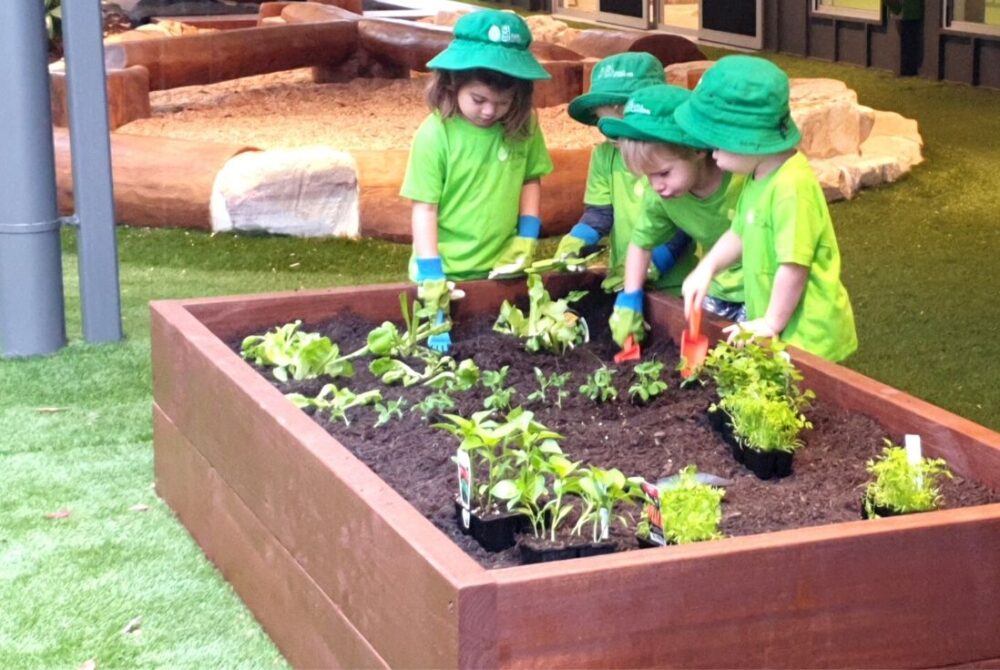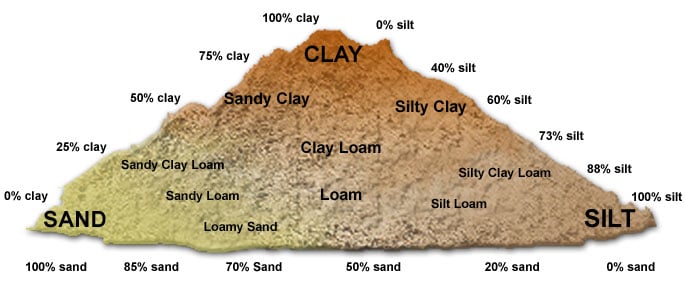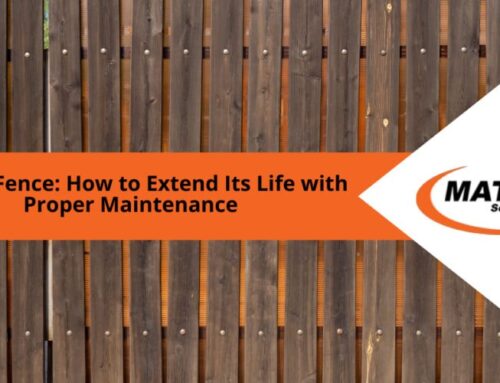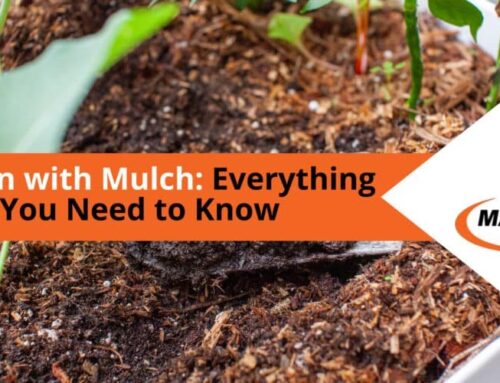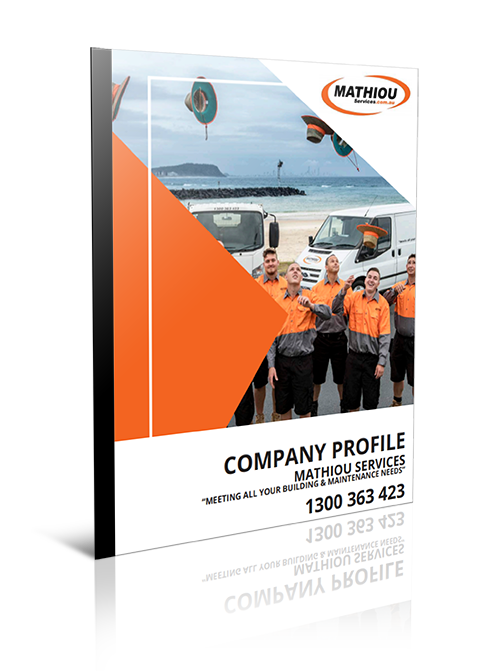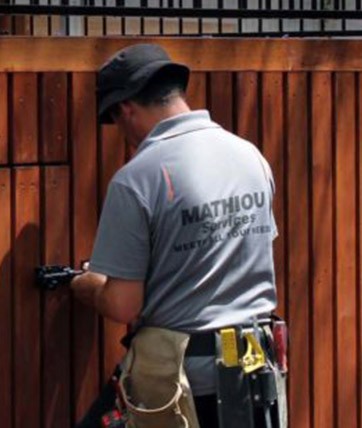The best soil for a vegetable garden is rich in organic matter, has free draining, yet it holds onto moisture too. Generally, you want to have a soil pH level of 6.0-7.0 which is slightly acidic to neutral.
There are typically 4 main types of soils
- Sandy
- Loamy
- Clay and
- Silt, which is further broken down by the % of one vs. the other.
There are 2 others that don’t quite fit in this grid but do exist and that’s Peaty and chalky type soil.
See the image below:
Each of these soils is great for different gardening and building purposes.
When you are working with a raised garden bed or garden bed that’s primarily built away from the ground, it’s pretty easy to get soil that has a blend of organic matter. There are range of types to choose from for the best soil for vegetable garden in raised bed in Australia.
For small pots or garden beds, you can buy the ideal soil in a bag or if you have excess soil in your gardens you can take it from there. The alternative is to visit your local landscape supplier and have the soil delivered, especially if you require a few cubic meters.
We always look for something that has a perfect blend of organic matter, compost, loamy topsoil with a little bit of washed sand for irrigation. It may also have something rich in nitrogen like gentle cow manure of sort – not enough to make it smell but enough to add to the plant’s nutrients.
What is organic matter and how do I make it?
Organic matter can be anything from aged bark, food waste decomposed, broken down leaves, lawn clippings, mostly known as compost though it can be argued that they are two different things.
Compost is a great way to keep trash out of landfills and add nutrients to your gardens absolutely free. It is easy to make (fair warning it has a strong odour, so ideally best kept outdoors), simply grab a container that can be sealed. Add scraps of food, dried leaves, lawn clippings and more. What you put in it will determine the size.
How can you tell if your soil is ready?
Soil test- outdoor garden
On a day that is relevantly dry try this to see what type of soil you have
- Dig a hole (approx. 30cm) where you want to plant
- Pour water (approx. 700mls) in the hole
- If the water soaks right into the ground it’s sandy soil, if it takes an hour it’s normal, if it doesn’t soak it’s most likely clay and you will need to break this down more and add a blend of topsoil, organic matter and compost.
Garden beds – preparing the outdoor vegetable area
The best time to start gardening is at the end of winter as the temperatures slowly warm up. It shouldn’t be too hot or cold. Fortunately, with Australia’s climate conditions mostly being warm it can be an all-year-round activity, with a few exceptions.
To get this area ready
- Loosen soil, 15-30cm deep with a pitchfork
- Remove weeds, rocks and old plants and routes from the patch so it doesn’t compete with your new plants
- Add nutrients, this could be compost 5-8 cm deep across the garden bed. To get the organic matter back into the soil, worm castings are also a great source of nitrogen. You can also add 3-inches of mulch around the plants to blanket the topsoil and keep it warm
- Cover garden to warm it and protect from rain, or cold (for cold climates)
TIPS:
- If it’s an existing garden bed most plant life exists in the top 6 inches (15cm) so focus on trying to remove roots from there
- Add live worms to create natural irrigation and to add nutrients from their castings
- If your area is prone to pests, you may need to choose plants that are resistant to them or look at pest traps, barriers or sprays, we recommend organic sprays where possible.
How to calculate how much garden soil you need?
If you aren’t sure how much soil you need. Measure the length and width of the area, then measure how much depth you have to fill.
Length x Heigh x depth = Cubic meter

